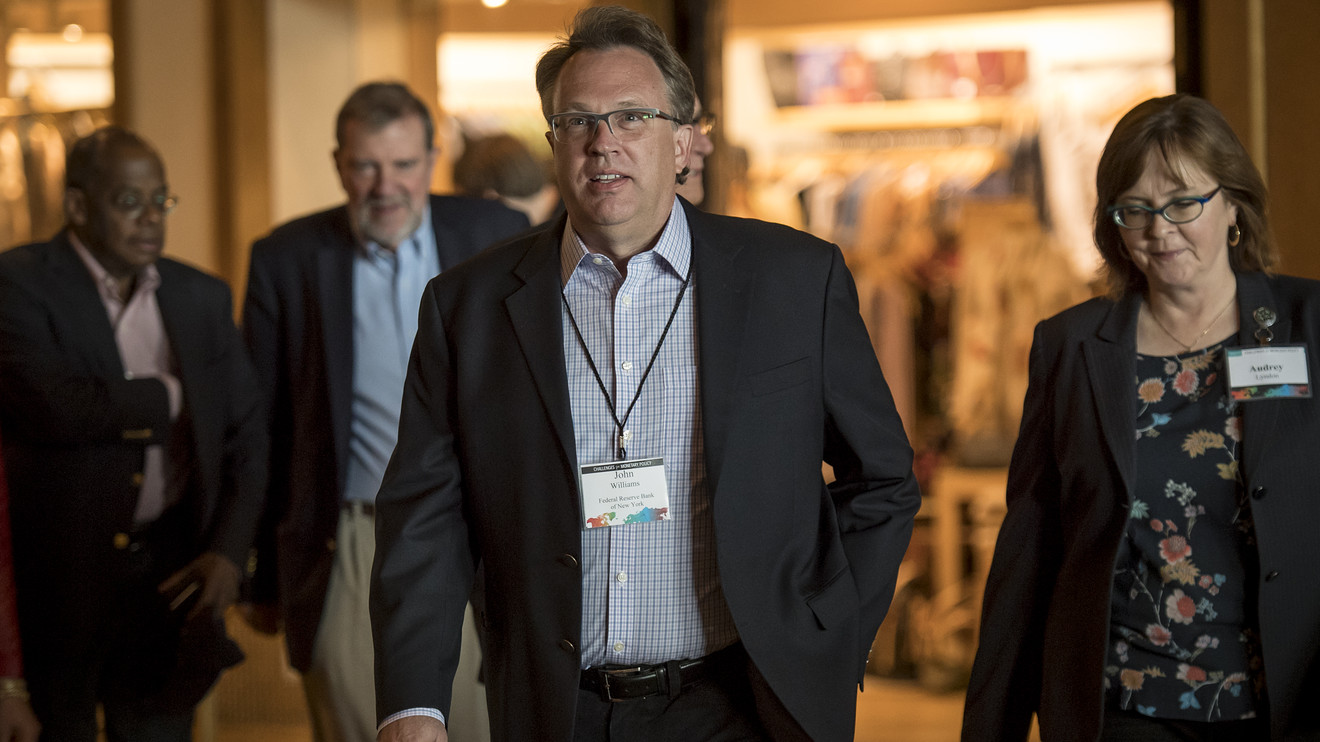
New York Fed President John Williams emphasized on Monday that officials will follow through with plans to discontinue a key benchmark for rates in financial markets at the start of 2022, despite all of the focus by financial firms on the coronavirus pandemic.
Some financial market firms were hoping for a respite from the transition from a deadline to end the use of Libor due to the workload from the disruptions caused by the viral outbreak.
The scandal-ridden London interbank offered rate, or Libor, was set to be replaced by SOFR, or secured overnight financing rate, which is published by the New York Fed and provides a reference rate system to replace the former benchmark, which is based on banks’ judgments and has been the source of manipulation in the past.
In a speech to a meeting of U.S. and UK regulators, Williams dashed these hopes, saying: “If anything, the issue has become more pressing. It’s critical that regulators and institutions continue to work together the ensure we are all ready for January 1, 2022.”
U.S. regulators have been pushing to replace Libor after an investigation uncovered a scheme where bankers were manipulating the rate for profit.
Williams called Libor, which is based on a survey of banks, an “unreliable reference rate” and noted that “term lending transactions based on Libor became even more scarce than usual” in the market turmoil in March at the start of the pandemic.
In contrast, the Fed’s favored replacement, SOFR, is based on actual transactions in the Treasury repo market and performed well during the crisis, he said.
“SOFR was the dog that didn’t bark or bite,” Williams said.
“The success may not have attracted headlines, but it demonstrates the value of robust reference rates that are a fair representation of the underlying market,” he said.
Work on the transition continues apace, Williams said. For instance, the Treasury Department has started work on SOFR-linked Treasury securities. The New York Fed has started publishing SOFR averages and a SOFR index. Fannie Mae FNMA, -1.37% and Freddie Mac FMCC, -2.70% plan to stop accepting Libor-based mortgages and begin accepting adjustable-rate-mortgages based on SOFR later this year, he added.
“There are now 537 days until the existence of Libor cannot be assured,” Williams said. “Let’s all make sure we use the remaining time wisely and effectively.”
Some $200 trillion in financial products, ranging from interest-rate swaps to corporate loans and credit cards, are pegged to Libor, with about $1.2 trillion of U.S. mortgage debt linked to the rate, according to the New York Fed, making it the largest segment of consumer debt affected by the transition, the Wall Street Journal has reported.






